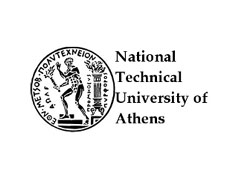Demands for emission reduction and efficiency improvement in internal combustion engines are increasing everyday, and therefore, novel combustion concepts and highly optimized controllers are being developed. In the combustion process specifically the cylinder pressure is a vital component, which can be utilized for the optimization of the engine performance, emission reduction, and even fault detection (misfire, knock detection). The conventional method of using a physical transducer is expensive and not reliable in long term due to the limited lifetime of the transducers being exposed to severe conditions (high temperature, high pressure). Therefore, many different non-intrusive or indirect methods to acquire the combustion data have been developed, which mainly rely on vibration measurements. There is a strong correlation between the cylinder pressure and the vibration of the engine because the fast changing in pressure during combustion causes the vibration on the engine block. Vibration signal is easily measured from accelerometers attached on the top of the cylinder head or on the frame of the test bench.
In the recent SAE Powertrains, Fuels & Lubricants conference, Hoang Nguyen Khac from Aalto University presented his results of developing a neural networks model to estimate the cylinder pressure from the vibration measurement. The model’s performance has been validated in terms of combustion parameters, such as maximum pressure and mass burned fraction.




















